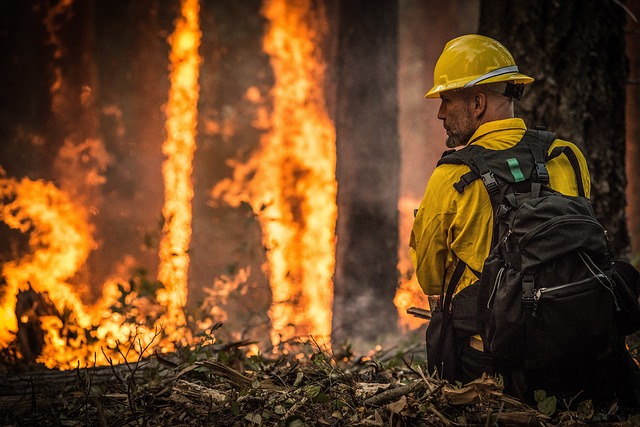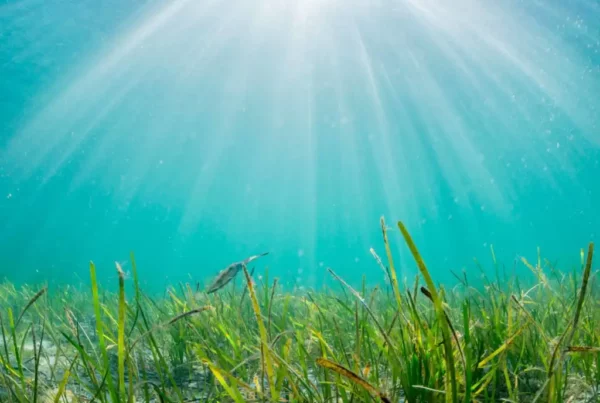Prof Ros Gleadow, Monash University, Melbourne, Australia. President of Global Plant Council.
The size and ferocity of the Australian fires this summer has shocked us all. They dwarf the recent fires in Californian and Brazil, bad as they were. The smoke extends as far as New Zealand. People in major cities like Sydney and Canberra are wearing masks. The sky is eerie, and the sun is bush-fire red. This has been going on for weeks, even months in some places.
Overnight, as I write, the fires in the Alpine regions of north-eastern Victoria have merged with those that have been burning for weeks in NSW creating a mega-fire. With much of the eastern seaboard now on fire we are in unchartered waters.
As a community we grieve with those personally affected. We also grieve the loss of habitat: animals, vegetation and possibly entire ecosystems. The images of thousands of hectares of dead farm animals, the estimate that over 30% of all koalas have been killed, not to speak of all the smaller birds and mammals is distressing.
Sure, Australia has always had fires and the ‘bush’ is very resilient. The bush has recovered from very hot fires in the past and will again. We saw that after the Ash Wednesday fires. For example, at Angahook-Lorne National Park the trees and understory, and rare orchids flourished after the fires. What is different about the current fires is their extent and ferocity, and in some cases the short interval since these areas were previously burnt.
The frequency is a real worry – some of the Alpine country is burning for the third time in 20 years. Alpine country is adapted to being burnt every 50-100 years. Snow Gums in the Alpine region may not survive this latest assault, having already endured the devastating fires that swept across the region in 2003 and 2007.
Many eucalypts resprout from epicormic buds under the bark, or from basal lignotubers. In some areas further north where there has been rain since being burnt, that is happening already. Whether or not trees that are already severely stressed by extreme temperatures, on-going drought and repeated fires across vast swathes of the country will have enough stored resources to do this remains unknown.
Another thing that is different is that we are seeing, for the first time, forests that are ‘resistant’ to bushfires burning–rainforests and remnants of the ancient Gondwana flora that covered much of Australia tens of millions of years ago. There are only 100-200 individuals of ancient Woollemi pines left anywhere the world. Whether they will survive is unknown. They may escape this time, but their long term survival is unlikely in a future where the likelihood of more frequent and severe fires is high.
It is not just the loss of individual plant species – it a loss in the richness of our landscape and the animals that live in them. What many botanists predict is that over time we will completely lose the rainforest and Gondwanan elements in our vegetation as well as the bogs and heaths on the high plains. Instead, the more fire-resistant open forests (known as ‘dry sclerophyll’ forests) will dominate in areas where now we have temperate and subtropical rainforests and the tall majestic ‘wet sclerophyll’ eucalypt forests.
There is a thread on Twitter where people are talking about losing their field sites or have interrupted field seasons due to evacuation orders. As a personal example, I had arranged to collect seed from an isolated population of one of the crop wild relatives of the grain crop, Sorghum [Sorghum is the world’s 5th most important crop]. Many of the wild relatives are conserved in the Australian Grains Gene Bank. But this, the most southerly mainland population, has never been collected and is not conserved ex situ. There is a possibility that this population will have traits useful for plant breeders. We were going to look for domestication genes too – Bruce Pascoe in his book “Dark Emu” moots that this species may extend so far south because it may have been domesticated by Australia’s first peoples. I have reports that the entire area has been burnt and continues to burn – and while this species might recover (it’s a C4 grass, after all), it illustrates the vulnerability of so many species. This highlights the importance of the seed collections in the Millennium Seed Bank at Svalbard in Norway and in Botanic Gardens around the world. It is tragic to lose any species, but even people who are not environmentalists should understand the importance of conserving agriculturally valuable crop wild relatives.
Some are calling this fire season the ‘new normal’. No. This is just the beginning of catastrophic climate change – next year may be better, we may even have several years in a row without major fires but there is no doubt that we will see further destruction until the cause of global warming is addressed and CO2 emissions are curtailed.
If we, collectively, do not make a concerted effort to reduce emissions and tackle global heating head on, a depauperate ecological landscape awaits. And that’s the least of our worries.
Image credit: skeeze / Pixabay
Media contact: Isabel Mendoza








